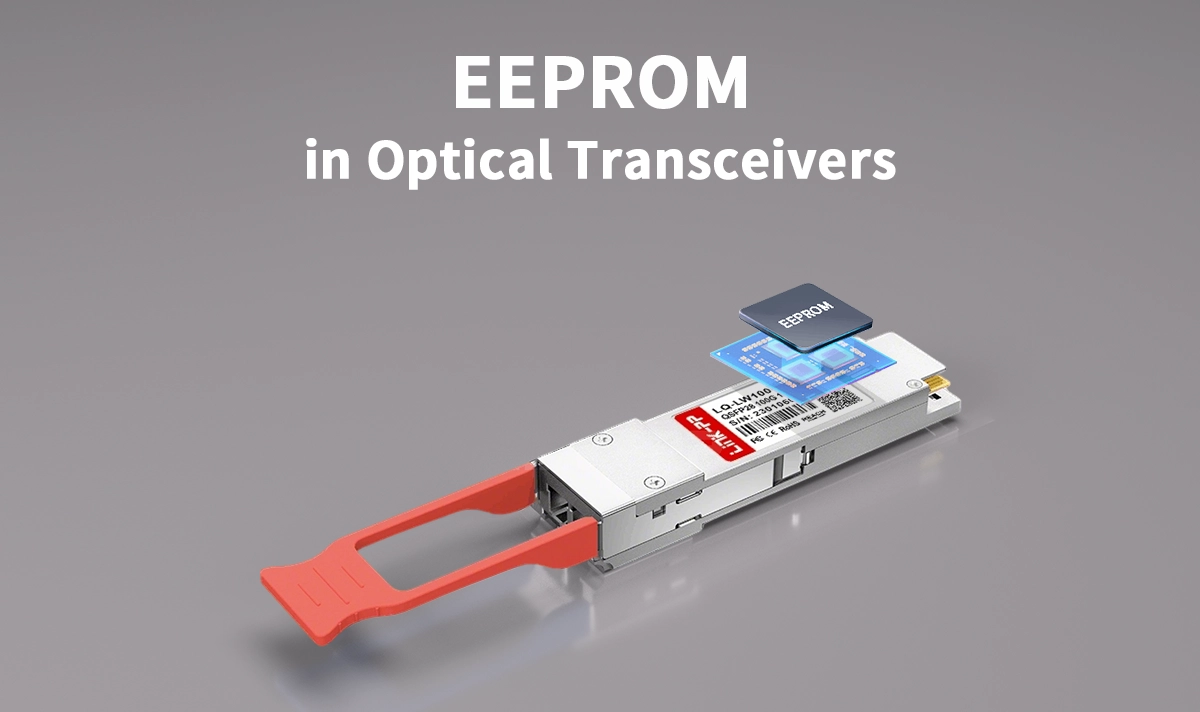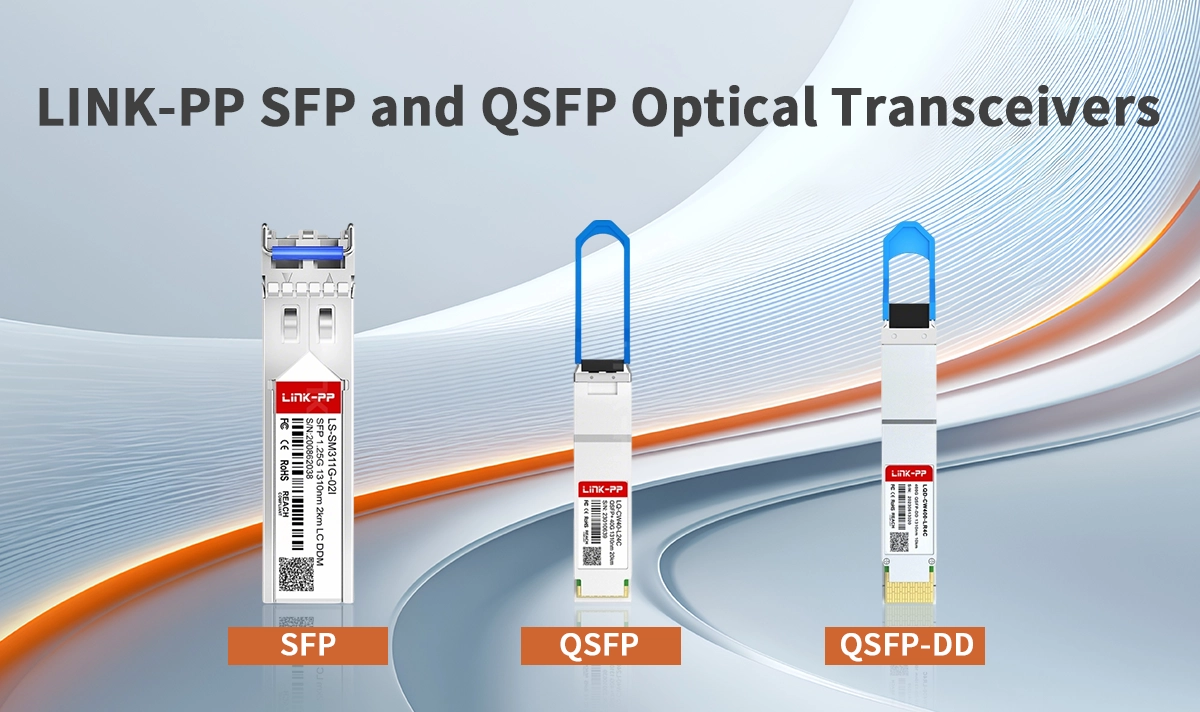
➤ Introduction
Optical transceivers, such as SFP, SFP+, and QSFP modules, are critical components in modern data centers and telecom networks. Inside each transceiver lies a small but powerful memory chip known as EEPROM (Electrically Erasable Programmable Read-Only Memory). While tiny in size, EEPROM plays a central role in ensuring compatibility, plug-and-play functionality, and real-time monitoring.
➤ What Is EEPROM?
EEPROM is a type of non-volatile memory, meaning it retains stored information even when the power is turned off. It allows data to be written, erased, and rewritten electrically. In optical transceivers, EEPROM provides a reliable way to store module-specific details that networking equipment can easily read.
Key characteristics of EEPROM include:
Non-volatility: Data is retained after power loss.
Electrical reprogramming: No need for external equipment like UV erasers.
Fine-grained control: Typically writable in byte-level operations.
Durability: Supports thousands to millions of write cycles.
➤ EEPROM in Optical Transceivers
Within an SFP, SFP+, or QSFP module, the EEPROM is connected to the host device (switch, router, or server) through a standard I²C interface. When the host queries the transceiver, the EEPROM provides critical information.
Typical EEPROM Data Fields (Defined by Standards like SFF-8024 and SFF-8472)
Vendor Information: Manufacturer name, part number, serial number.
Module Capabilities: Supported speeds (1G, 10G, 25G, etc.), wavelength, fiber type.
Compliance Codes: Compatibility with standards such as IEEE 802.3 and ITU-T.
Diagnostics (DOM/DDM): Real-time monitoring of optical power, temperature, and voltage.
This data allows networking equipment to validate compatibility and enable advanced features like Digital Diagnostics Monitoring (DDM).
➤ Why Is EEPROM Important?
Plug-and-Play Identification – Ensures that when a transceiver is inserted, the host recognizes it instantly.
Interoperability – EEPROM ensures compliance with multi-vendor environments by following SFF-standards.
Diagnostics – With DDM, EEPROM enables operators to monitor link health in real time.
Network Reliability – Accurate EEPROM data helps avoid configuration errors and downtime.
➤ LINK-PP and Standard-Compliant EEPROM

At LINK-PP, our SFP and QSFP optical transceivers are designed with EEPROM fully compliant to industry standards such as SFF-8024 and SFF-8472. This ensures:
Seamless integration with leading switch and router brands.
Accurate real-time monitoring for data centers and telecom applications.
Reliable performance across Ethernet, Fibre Channel, and other high-speed networks.
🔗 Explore LINK-PP’s full range of 10G SFP+ Modules here: LINK-PP Optical Transceivers
➤ Conclusion
Though small, EEPROM is the intelligence hub of optical transceivers. By storing identification codes, compliance data, and diagnostic parameters, it ensures that every SFP or QSFP module can be trusted for compatibility and reliable performance. For businesses looking to build scalable and future-proof networks, choosing modules with EEPROM compliant to SFF standards is essential.
With LINK-PP’s optical transceivers, customers gain high-quality, standards-compliant solutions that deliver reliability, interoperability, and long-term value in demanding networking environments.
➤ Also See
What is EEPROM (Electrically Erasable Programmable Read-Only Memory)?
Understanding DDM/DOM: Why Digital Monitoring is Critical in Optical Transceivers
IEEE 802.3 Ethernet Standard Explained – Role, Applications & LINK-PP Product Compliance
SFF-8472 Standard Explained | Digital Diagnostic Monitoring for Optical Transceivers
SFF-8024 Standard: Universal Transceiver ID and Management Codes for SFP, QSFP, and Beyond




